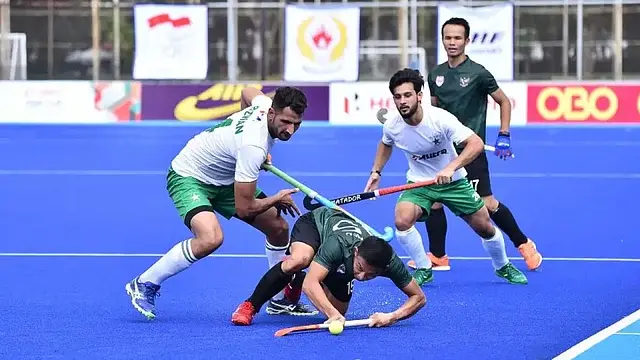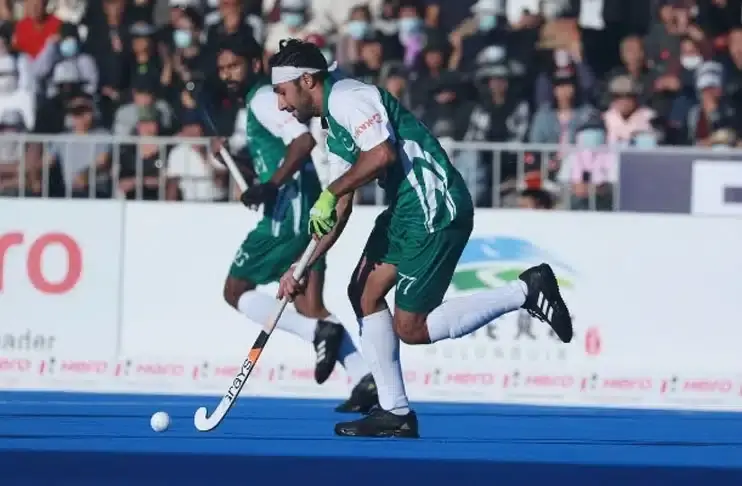The decline of Pakistan hockey: Causes and lessons
- Web Desk

- May 5
- 3 min read
The story of Pakistan hockey is one filled with highs and lows. Once a powerhouse in the sport, Pakistan has faced a notable decline in its performance, especially since the early 2000s. This post explores the internal and external challenges that contributed to this downturn and offers key lessons for regaining the sport's former glory.
Understanding the decline of Pakistan hockey
In the 1970s and 80s, Pakistan was a dominant force, clinching three Olympic gold medals and four World Cups. However, the decline began in the early 2000s, characterized by inconsistent performance and a dwindling interest in the sport. The internal struggles within the Pakistan Hockey Federation (PHF) significantly contributed to this decline.
One major issue has been the administrative instability within the PHF. Over the past two decades, the management has changed frequently, with over 10 different leaders at the helm since 2000. This constant turnover has created chaos and uncertainty, making it difficult to establish stable, long-term strategies. Consequently, many sponsors have hesitated to invest, further straining the sport’s financial support.

The lack of proper infrastructure has severely impacted talent development. Many hockey facilities are outdated, with only about 20 of Pakistan’s 150 training facilities meeting international standards. Without proper access to modern training resources, it is challenging for young athletes to develop the skills needed for competitive play.
External challenges, particularly the rise of European and Australian teams, have compounded the decline. These countries invest heavily—up to 40% of their sports budgets in hockey—in modern training regimes and technology, enabling them to build strong squads. In contrast, Pakistan has often neglected fitness, technology, and contemporary coaching methods, widening the performance gap.
Additionally, the increasing popularity of other sports, especially cricket, has diverted attention from hockey. According to surveys, cricket attracts over 70% of sports sponsorship in Pakistan, leaving little for hockey. This shift in focus has made it challenging for hockey to maintain the same level of enthusiasm and commitment from fans and aspiring players.

Lessons for the revival of Pakistan hockey
To reclaim the former glory of Pakistan hockey, several key lessons must be addressed. Firstly, enhancing sports governance is vital. The PHF must prioritize stability through transparent leadership, allowing for consistent long-term planning.
Strengthening partnerships with corporate sponsors can provide essential financial backing to improve infrastructure and training facilities. For example, partnerships with companies like Coca-Cola and Mobilink could help revamp facilities, ensuring that young talent receives the training and resources to thrive.
Furthermore, investing in youth development programs is crucial for reviving Pakistan hockey. Grassroots initiatives should reintroduce hockey in schools and communities. By creating local leagues and training camps, young players can hone their skills in a supportive environment, helping to foster a new generation of talent.
Finally, embracing modern sports science and technology is essential. Pakistan should prioritize athlete fitness and implement contemporary training methods to compete successfully on the global stage. Adopting practices such as data analytics for performance tracking can lead to significant improvements.
Hope for the future
The decline of Pakistan hockey underscores the need for stability, investment, and dedicated development in sports. By addressing internal issues within the PHF, seeking corporate sponsorship, and emphasizing youth development, Pakistan can aspire to regain its place among hockey's elite.
With determination, strategic planning, and a commitment to modern practices, the dream of reviving Pakistan hockey can become a reality.




Comments